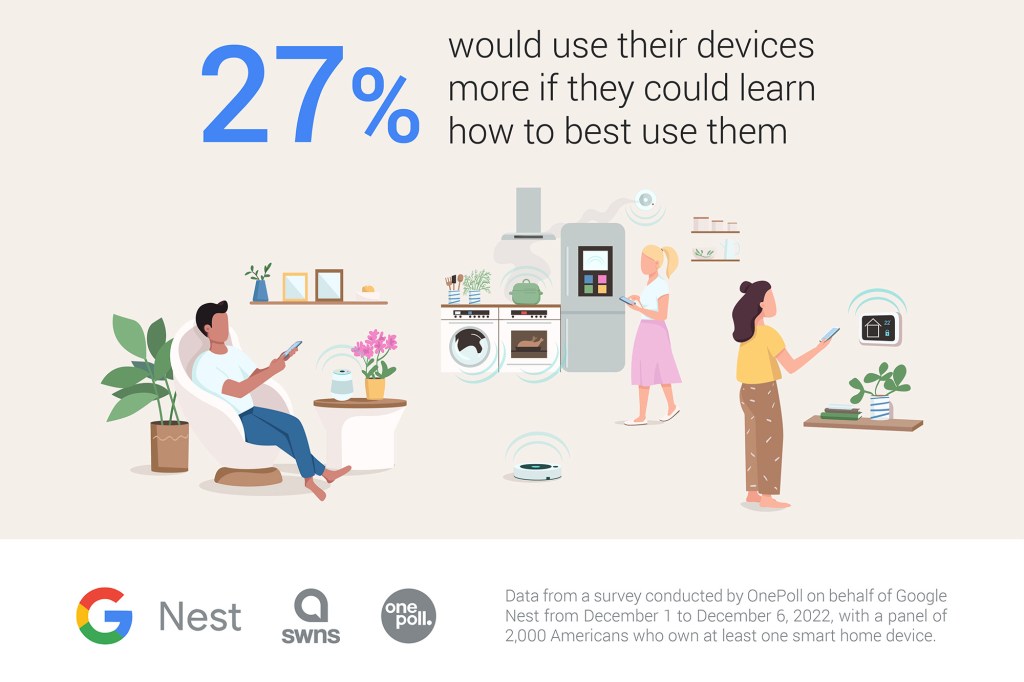Viral Smart Home Devices Loved by Millennials takes center stage, showcasing how technology has seamlessly integrated into the lives of younger generations. As more millennials embrace the convenience and efficiency of smart home devices, it’s fascinating to explore the gadgets that have captured their hearts. From voice-activated assistants to intelligent lighting systems, these devices not only enhance daily living but also reflect a lifestyle that values connectivity and innovation.

In a world where smart technology is rapidly evolving, understanding why these devices resonate with millennials is essential. This demographic is known for seeking out solutions that simplify tasks and improve overall quality of life, making their choices in smart home devices particularly noteworthy. Let’s dive into some of the most popular viral gadgets that are shaping modern living.
In recent years, the world has seen a significant shift in how we approach various aspects of our daily lives. From the way we communicate to how we consume information, technology has played a crucial role in this transformation. This article will delve into some of the key changes brought about by technological advancements and their implications for society. One of the most notable changes is in communication.
With the advent of smartphones and social media platforms, people can now connect instantly, regardless of geographical barriers. This has not only made it easier to maintain relationships but has also given rise to new forms of communication, such as emojis and GIFs, which add a layer of expressiveness to our interactions. However, this instant connectivity has its downsides. The pressure to respond immediately can lead to anxiety, and the superficial nature of some online interactions may leave individuals feeling isolated despite being “connected”.Moreover, the way we consume information has undergone a radical transformation.
The traditional media landscape, which consisted of newspapers, television, and radio, has been largely replaced by digital platforms where information is accessible at our fingertips. While this democratization of information has empowered individuals, it has also led to challenges, such as the proliferation of misinformation. In an age where anyone can publish content, discerning credible sources from unreliable ones has become a vital skill.
Education is another area significantly impacted by technology. Online learning platforms have made education more accessible than ever before. Students from remote areas can now access world-class resources and instructors through their computers or smartphones. However, this shift also raises questions about the effectiveness of online learning compared to traditional classroom settings and the digital divide that still exists for those without reliable internet access.In the workplace, technology has reshaped how we approach tasks and interact with colleagues.
Remote work, accelerated by the COVID-19 pandemic, has become a norm, allowing for greater flexibility but also blurring the lines between personal and professional lives. While this can enhance work-life balance, it can also lead to burnout due to the difficulty in disconnecting from work. Furthermore, automation and artificial intelligence are changing job landscapes, with some roles becoming obsolete while new opportunities arise in tech-driven fields.
On a societal level, the impact of technology is profound. Issues like privacy and data security have come to the forefront as more of our lives are lived online. The collection and use of personal data by companies have raised ethical questions about consent and ownership of information. As we navigate this digital landscape, it is imperative to advocate for stronger regulations to protect individuals’ rights.The environmental impact of technology cannot be overlooked either.
The production of electronic devices and the energy required to power our digital lives contribute to carbon footprints. As awareness of climate change grows, tech companies are being challenged to adopt sustainable practices and create environmentally friendly products. Initiatives for recycling and reducing e-waste are becoming increasingly important in this context.In conclusion, technology has undoubtedly transformed our lives in numerous ways, creating both opportunities and challenges.
As we continue to adapt to these changes, it is essential to remain aware of the implications they carry for our relationships, education, work, privacy, and the environment. Balancing the benefits of technology with its potential downsides will be crucial in navigating the future. Embracing a thoughtful approach to technological integration can help us harness its power for good while mitigating the risks involved.
FAQ Explained: Viral Smart Home Devices Loved By Millennials
What are some popular smart home devices among millennials?
Popular devices include smart speakers like Amazon Echo, smart thermostats like Nest, and smart lighting systems like Philips Hue.
How do smart home devices improve daily life?
They offer convenience, energy efficiency, and enhanced security, allowing users to automate and control various aspects of their homes.
Are smart home devices easy to install?
Most smart home devices are designed for easy installation and can often be set up in minutes, with user-friendly apps guiding the process.
What is the cost range for smart home devices?
Prices can vary widely, from affordable options under $50 to premium devices costing several hundred dollars.
How do millennials typically use smart home devices?
They often use them for convenience, such as voice control for music or lighting, as well as for managing energy consumption and home security.













